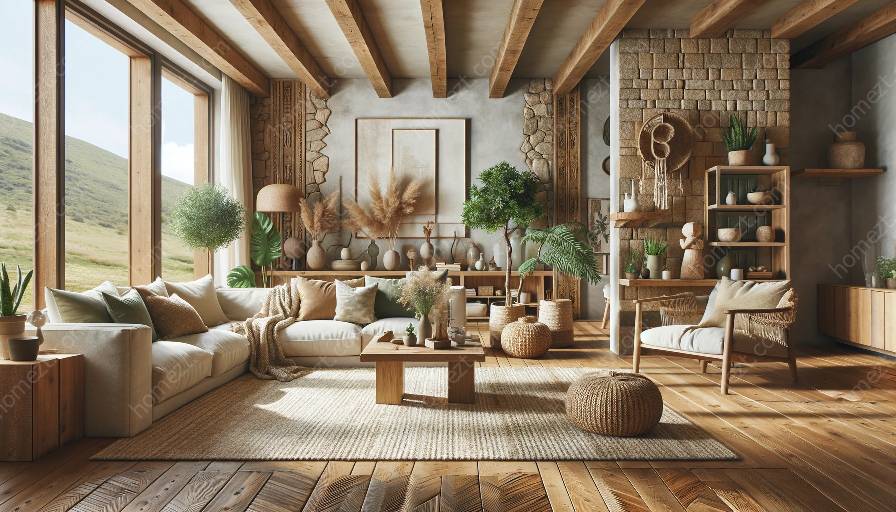Natural materials can be used not only for decorating, but also for enhancing acoustics in a space. By utilizing resources such as wood, stone, bamboo, and textiles, you can improve sound quality, create a warm ambiance, and contribute to a more sustainable environment.
Understanding Acoustics
Acoustics refers to the way sound behaves in an environment. Factors such as reflections, absorptions, and diffusions influence how we perceive sound. By incorporating natural materials, you can manipulate these factors to create a more balanced and pleasant sonic environment.
Benefits of Enhancing Acoustics with Natural Materials
1. Improved Sound Quality: Natural materials have the ability to absorb and diffuse sound, resulting in a clearer and more pleasant acoustic experience.
2. Warm and Inviting: Utilizing natural materials in your decorating efforts not only enhances acoustics but also creates a cozy and harmonious ambiance.
3. Sustainability: Choosing natural materials promotes environmental sustainability and reduces the reliance on synthetic, non-renewable resources.
Decorating with Natural Materials
When it comes to decorating with natural materials, the options are abundant. Wood, stone, cork, bamboo, and textiles are just a few examples of materials that can be incorporated into your design to enhance acoustics.
Wood
Wood is a versatile material that can be used for flooring, wall panels, ceilings, and furniture. Its natural grain and texture not only add visual interest but also contribute to sound absorption, making it an excellent choice for enhancing acoustics.
Stone
Utilizing stone in interior design not only adds a touch of elegance but also aids in sound diffusion. Stone surfaces can help break up sound waves, reducing echo and creating a more balanced acoustic environment.
Bamboo
Bamboo is a sustainable and durable material that can be used for flooring, wall coverings, and furniture. Its natural properties make it an ideal choice for enhancing acoustics while adding a touch of sophistication to a space.
Textiles
Textiles such as wool, cotton, and hemp can be used for upholstery, drapery, and wall hangings. These materials not only contribute to a cozy atmosphere but also aid in sound absorption, improving the overall acoustics of a room.
Practical Applications
1. Home Theaters: Enhancing acoustics with natural materials is especially beneficial in home theater settings. By incorporating sound-absorbing and diffusing materials, you can create an immersive audio experience that rivals that of a commercial theater.
2. Restaurants and Cafés: Natural materials can help create a pleasant acoustic environment in dining spaces. By using wood, textiles, and other sound-absorbing materials, you can enhance the overall dining experience for patrons.
Conclusion
Enhancing acoustics with natural materials not only improves sound quality but also contributes to a more inviting, sustainable, and aesthetically pleasing space. By incorporating wood, stone, bamboo, textiles, and other natural resources into your decorating efforts, you can create a harmonious environment that appeals to both the auditory and visual senses.






































